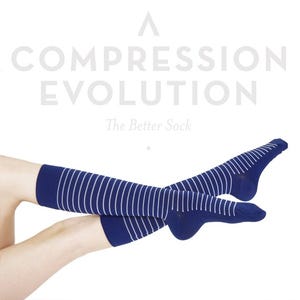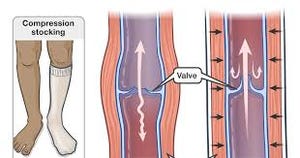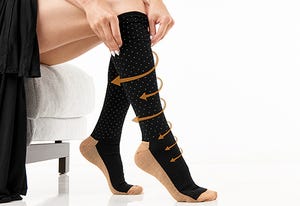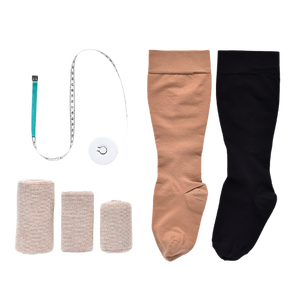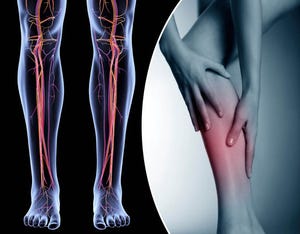Treating and Managing Lymphedema: A Comprehensive Guide
Lymphedema is a chronic condition characterized by swelling in the arms, legs, or other body parts due to an accumulation of lymphatic fluid. It often occurs as a result of injury, surgery, infection, or cancer treatment. While there is no cure for lymphedema, it can be managed effectively with a combination of treatments to minimize symptoms and prevent complications. In this blog post, we will explore various ways to treat and manage lymphedema.
Compression garments
Wearing compression stockings or sleeves can help improve lymphatic flow and reduce swelling in the affected area. These garments apply gentle pressure to the limb, encouraging fluid to move towards the heart. It is essential to have them properly fitted by a healthcare professional and follow their recommendations on wearing and care.
Manual lymphatic drainage (MLD)
Manual lymphatic drainage is a specialized massage technique that encourages lymphatic flow by applying gentle pressure to the affected area. Performed by a trained therapist, MLD can help reduce swelling and improve overall lymphatic function. It is often combined with other treatments, such as compression therapy, for optimal results.
Exercise
Regular, low-impact exercises can help improve circulation and lymphatic flow in the body. Activities like walking, swimming, or yoga are particularly beneficial, as they promote gentle movement without causing strain. It is crucial to consult a healthcare professional or physical therapist to develop a tailored exercise program suitable for your specific needs.
Skincare
Maintaining proper skincare is essential in managing lymphedema. Keep the affected area clean and moisturized to prevent infections and skin breakdown. Avoid cuts, burns, or insect bites, and treat any wounds promptly. A healthcare professional can provide recommendations on suitable skincare products and techniques.
Elevation
Elevating the affected limb above the level of the heart when resting or sleeping can help reduce swelling by promoting lymphatic drainage. Use pillows or foam wedges to comfortably support the limb in an elevated position.
Pneumatic compression devices
Pneumatic compression devices use air-filled chambers to apply pressure on the affected limb, encouraging lymphatic flow. These devices may be particularly helpful for those who have difficulty tolerating compression garments or manual lymphatic drainage. A healthcare professional should guide the use of these devices to ensure proper settings and application.
Complete decongestive therapy (CDT)
CDT is a comprehensive treatment approach that combines MLD, compression therapy, exercise, and skincare to effectively manage lymphedema. Provided by a certified lymphedema therapist, this treatment can significantly reduce swelling and improve the overall quality of life.
Weight management
Maintaining a healthy weight is crucial in managing lymphedema, as excess body weight can increase the risk of complications and exacerbate symptoms. A balanced diet and regular exercise can help achieve and maintain a healthy weight.
Medications
In some cases, healthcare professionals may prescribe medications to manage infections, pain, or inflammation related to lymphedema. It is important to follow their recommendations and report any side effects or concerns.
Living with lymphedema can be challenging, but with the right combination of treatments and lifestyle adjustments, it is possible to manage symptoms and maintain a good quality of life. Always consult a healthcare professional for personalized advice on managing lymphedema and follow their recommendations closely.


